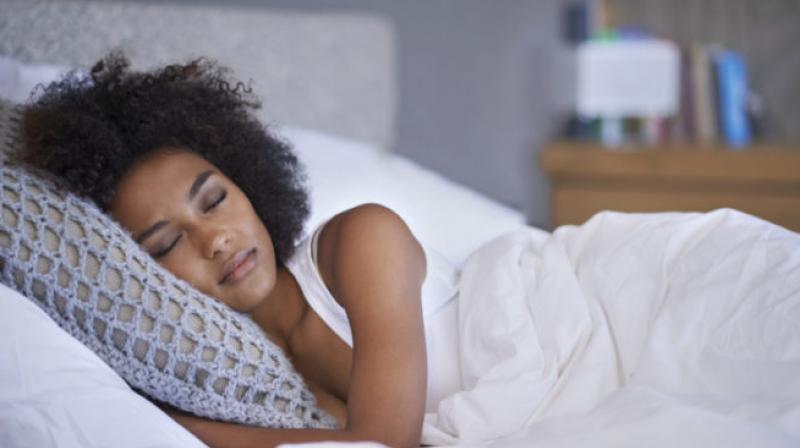Here's what causes sleepiness, wakefullness

Awake or asleep, we are basically under the regulation of two biological processes: sleep homeostasis, commonly known as 'sleep pressure', and the circadian rhythm, otherwise known as the 'body clock'.
These two processes work in harmony to promote good consolidated sleep at night.
Researchers centered at the International Institute for Integrative Sleep Medicine at Japan's University of Tsukuba revealed some neuronal pathways, which regulate sleep/wakefulness states.
The ventrolateral preoptic nucleus (VLPO) in the brain plays a critical role in falling and staying asleep, while the lateral posterior part of the hypothalamus contains neurons (brain cells) that play a role in the maintenance of staying awake.
It also includes orexin neurons in the lateral hypothalamic area (LHA) and histaminergic neurons in the tuberomammillary nucleus (TMN).
Yuki Saito, who co-led the study said, "In our study, we aimed to identify the important players implicated in arousal regulation."
The team used recombinant rabies-virus-mediated trans-synaptic retrograde tracing in the mouse brain to analyze the architecture and function of hypothalamic circuits that link neuronal populations implicated in sleep/wakefulness regulation.
They found that these arousal-related neurons are heavily innervated by GABAergic neurons in the preoptic area, including the VLPO. The team further characterized GABAergic neurons in the VLPO that make direct synaptic contact with hypothalamic arousal-related neurons.
These two groups of neurons were overlapped each other, and both potently inhibited by the hormones noradrenaline and serotonin, showing typical electrophysiological characteristics of sleep-promoting neurons in the VLPO.
The full findings are present in The Journal of Neuroscience.

